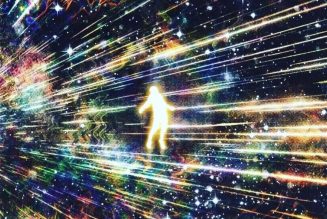When Christianity spread throughout Europe, the church officials went about converting the area heathens by converting their holidays. Sometimes church officials did this by scheduling an observance for a different time of year. Other times, they simply renamed the old Pagan holiday for a saint’s day. In the fifth century, Pope Boniface attempted to repurpose the ritual of honouring otherworldly spirits and the dead, identifying it as a day to honour saints and martyrs, and moving the holiday to May 13.
When the late October/November fire festivals continued anyway, in the ninth-century Pope Gregory decided to move the saints and martyrs day back to the same day as the secular festival of the dead. In the case of Samhain, rather than negate the festival of the dead, the church resorted to declaring November 1 All Saints’ Day, alternatively called All Souls’ Day. Later the church added All Souls’ Day on November 2, possibly because All Saints’ Day failed to displace the Pagan rituals.
Eventually, both All Saints’ and All Souls’ became distinct holidays unto themselves, with All Saints’ an observance for souls believed already ascended to heaven, and All Souls’ as a day to honour souls possibly still working out some issues in purgatory. In Ireland, these days marked a time for family reunions after cow-milking season finished. Over time the night before November 1, called among many names Hallowe’en, Allhallows eve, or Hallowmas, became the repository for most of the original Pagan practices.

